v2024.12.05-2232
By Moduverse Team
/
/
What is the Chain Abstraction Stack?
It is rare to see widespread consensus on one thing within the crypto community, but blockchain interoperability is the exception to this rule. Everyone believes that blockchains and applications must not function as siloes of liquidity and users but must come together and interact seamlessly for a better end-user experience.
If you have spent even a short amount of time learning about interoperability, you've likely felt the overwhelming complexity of this narrative. In this blog, we want to tackle this complexity head-on and simplify one essential aspect of interoperability; Chain Abstraction. By examining the individual innovations and components that make up Chain Abstraction, we aim to present a cohesive picture showing how they come together to deliver the promise of a seamless and fast user experience from an end-user perspective.
Definition of Chain Abstraction
Chain Abstraction is an umbrella term that primarily refers to a concept for simplifying multi-chain interactions. It provides a unified interface that abstracts away complexities for users, allowing them to interact with dApps and digital assets without needing to grasp the technical details of each blockchain.
The technical details include managing multiple wallets, accounts, and gas tokens and knowing which dApps (bridges) to use for multi-chain operations. In other words, chain abstraction "abstracts" away these complexities from the user, resulting in seamless, fast, and easy access to blockchains.
As you can see, chain abstraction primarily deals with solving interoperability at the application level; however, it cannot do so without interoperability across the remaining layers of the blockchain stack. One way to grasp this relationship is how Particle Network describes chain abstraction as a layered concept with aspects at the application, account, and blockchain levels (or layers).
Other frameworks, such as Frontier Research's CAKE and Everclear's Chain Abstraction Stack, provide a more comprehensive modelling of chain abstraction across different layers.
In this blog, we build on top of these models and present another way to look at this relationship at the level of a transaction or user interaction. We start by looking at the most common technical components required to achieve chain abstraction. Then, we show how a typical transaction a user initiates travels through different layers, interacting with these elements to deliver on the promise of chain abstraction, a seamless user experience.
Comparison with Account Abstraction
Often, chain abstraction is used in the same breath as account abstraction, which is not entirely correct as the two differ but also aims to create a seamless user experience.
Account Abstraction, a feature that enhances account functionality within a single blockchain, offers significant benefits. It allows smart contracts to act as accounts, providing features like social recovery and custom transaction validation within one chain, such as Ethereum via EIP-4337. This contrasts with chain abstraction, which deals with multiple blockchains but uses account abstraction for these features to improve user experience.
Account Abstraction empowers users to choose how their transactions are validated. This opens up the possibility of using fingerprint and face scanning to log in or approve transactions, thus providing a user experience similar to that of Web2. It gives users more control and flexibility in their interactions with the system, enhancing their overall experience.
Account Abstraction also saves time and effort by allowing end users to pay for gas fees in stablecoin (or any other token of their choice) instead of the blockchain's native token. This time-saving feature eliminates the need to have native tokens on every chain that the transaction hits or the need to convert tokens, making users more efficient and productive.
Elements that make up Chain Abstraction
Several technical innovations or pieces must work concurrently for chain abstraction to work. Based on their role in achieving abstraction, these can be categorized as essential and supporting innovations.
Essential Elements
- Cross-Chain Communication Protocols: These protocols play a vital role in the blockchain ecosystem, enabling different blockchains to exchange data (messages) securely. These protocols, such as Inter-Blockchain Communication (IBC) developed by Cosmos, Wormhole, CCIP, and LayerZero, ensure reliable and secure data exchange.
- Cross-Chain Bridges: These are instrumental in the blockchain landscape, providing efficient and convenient asset transfers between blockchains. These applications, built on cross-chain communication protocols, are the primary method of buying and selling tokens or assets between blockchains today. Prominent examples include Portal, Hyperliquid bridge, and Axelar.
- Universal Wallets: These wallets provide a unified user interface for managing assets across multiple blockchains. Examples include Particle Network's universal account-based smart wallet-as-a-service. Okto, Orb Labs, and Anoma provide tools for dApp developers to integrate universal wallets into their applications.
- Intent-Based Transaction Systems: These systems orchestrate multi-chain transactions where users specify desired outcomes or intents (for example, "swap Token A for Token B at the best price"). These systems usually work by breaking down the intent into multiple transactions and coordinating their execution quickly and cheaply for the end user. Across, Okto's DTN, and Anoma are some examples.
- Solver Networks: A solver network is a decentralized system that competes to execute user transactions by finding the best way to fulfil them across different chains. Most intent-based transaction systems include their solver networks (like Relayer in Across), but projects like Khalani and Aori have also created decentralized networks to coordinate solvers' work across transaction systems.
- Clearing Network: A key problem that solvers face is liquidity management. Solvers have to be able to manage liquidity across different blockchains via bridges in order to fulfill intents. Clearing networks like Everclear solve this liquidity management problem by coordinating the movement of liquidity between different chains.
Supporting Elements
- Gas Fee Management Systems: Provide user-friendly mechanisms for gas fees, such as paying in a single token or currency across different chains. Examples include Particle Network's Universal Gas and Okto’s Unified Liquidity Layer(ULL).
- Secure Cross-Chain Transaction Signing: Technologies like Multi-Party Computation (MPC) or threshold signatures ensure transactions are signed securely across different blockchains. These are often integrated with universal wallets, for example, NEAR's Chain Signatures and Particle Auth TSS (Threshold Secret Sharing) and solver networks that provide private computation (with TEEs) by efficiently verifying cross-chain transactions (hybrid verification).
Putting it all together
The above elements are not a comprehensive list of what goes into making chain abstraction a reality but only provide a high-level picture of the complexity involved in chain abstraction.
To organize these innovations, consider the following table mapping each component to its role in the chain abstraction stack:
The question remains as to how these come together. The picture below presents a high-level representation of the answer to the question.
It starts with user transactions in the form of intents received from individual wallets or dApps flowing into intent-based systems that break these into individual transactions with the help of a solver network. These individual transactions are then executed across different blockchains, often utilizing clearing networks that in turn use cross-chain bridges, leading to the final execution of the user's intent across the chains.
Chain abstraction promises to truly transform user experience, a big part of which is abstracting away the complexities and technical details that users are required to know. The innovations happening within CA are like pieces in a puzzle focused on this one goal, as is apparent from how they all come together to help achieve Web2-like user experiences.
About Moduverse
Moduverse is pushing the frontiers of mass adoption with relatable content packed with key insights and discussions needed to take any individual from ground zero to being a crypto enthusiast.
All information here is for educational purposes and the projects/tokens mentioned are not any form of endorsement.
Related Blog
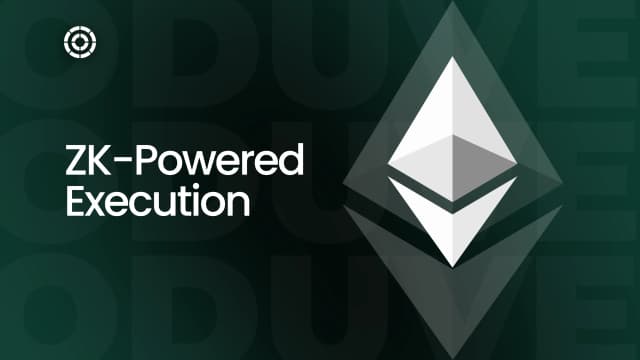
Oct 3, 2025
ZK-Powered Execution
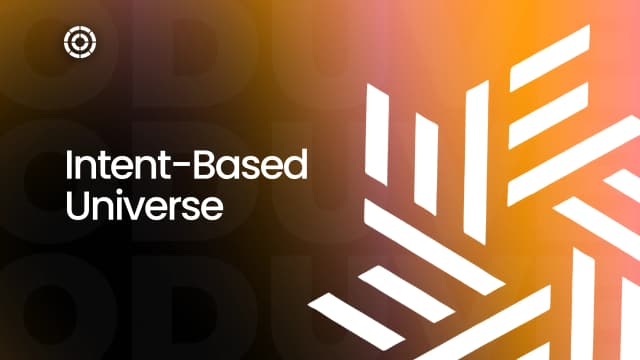
Sep 1, 2025
Intent Based Universe

Sep 1, 2025
EigenCloud is live

Sep 1, 2025
CLOBs

Jun 6, 2025
ERC for Chain Abstraction

May 22, 2025
Proving in the modular Ecosystem
Recent Blog
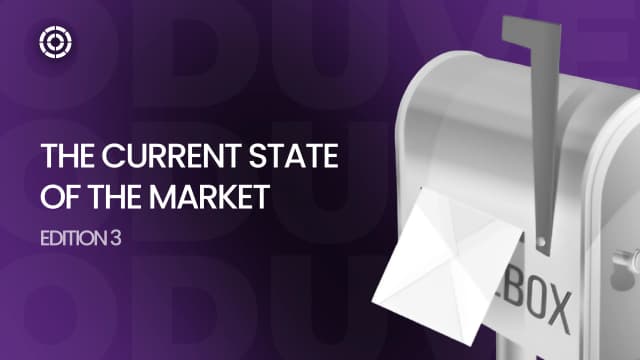
Oct 15, 2025
The Current State of the Market Edition 3
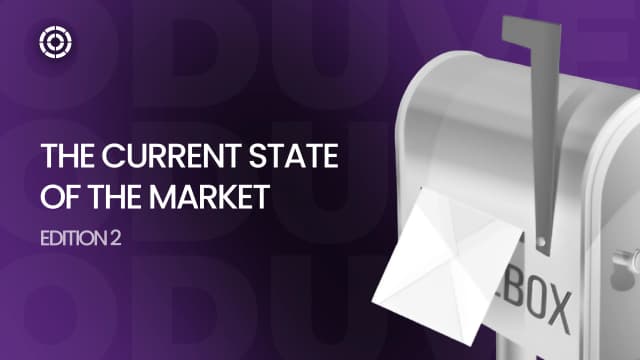
Oct 8, 2025
The Current State of the Market, Edition 2

Oct 3, 2025
ZK-Powered Execution

Sep 22, 2025
The Current State of the Market, Edition 1
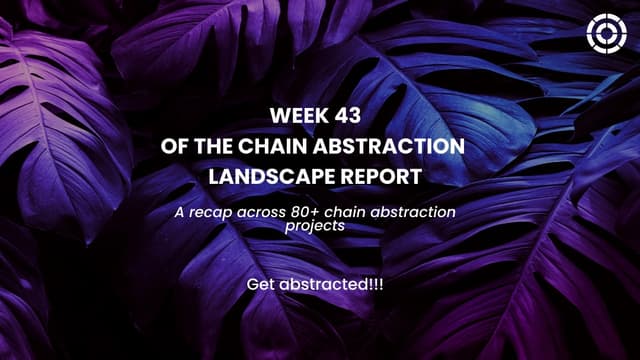
Sep 7, 2025
Sunny Abstraction Chills Edition 43

Sep 1, 2025